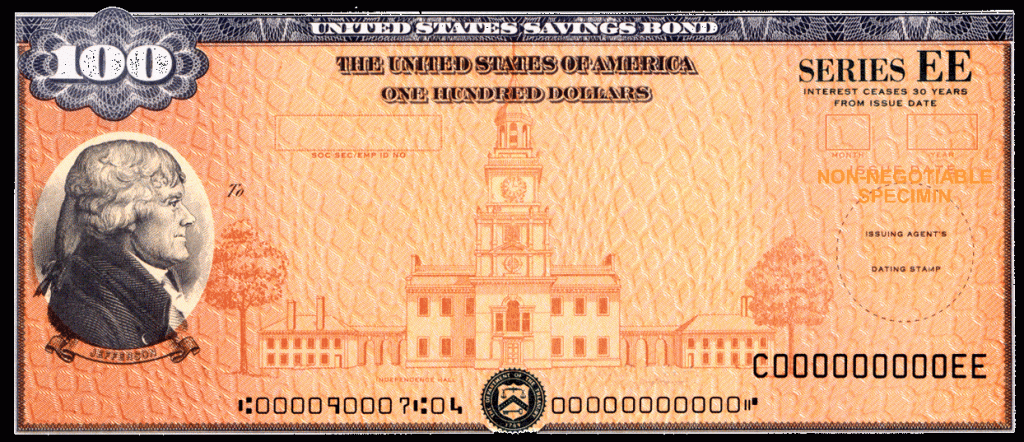Difference Between Treasury Bills and Bonds

Treasury bills and bonds are investment securities made available for individuals by the government. The government issues these securities in order to generate cash for various transactions. However, they differ from other securities such as stocks and bonds in regards to the overall return, which is usually low. These are not volatile but are receptive to market changes and will give varying degree of returns depending on the demands of the consumer.
Treasury bills or T-bills are securities which have short-term maturities, usually less than a year. They come with maturities of one month, three months, six months and a year. They are further auctioned on every Monday, and the payment to the investor is made on Thursday. As for Treasury bonds, they have a larger maturity period, lasting up to 30 years. However, they also vary in length, with maturities lying between 15 and 30 years.
The other major difference between the two comes in the interest payments. Treasury bills are sold at a discount i.e. below their face value, with no interest payments. The only payment made (with interest) comes when the maturity day arrives. On this day, the investor will be paid the full amount, along with the interest. Therefore, if the T-bill’s stated value is $1000, it will usually be sold at $ 900, with $ 100 pocketed by the investor at maturity.
As for Treasury bonds, they allow investors to earn a fixed rate of interest, with payments made on a semiannual basis. The investor will receive the face value when the maturity day arrives. However, these bonds will be subject to market pressures and the interest amount will vary depending on the market interest rates. Both types of securities can be bought for as low as $100. Due to the differences in maturity, the rate of return will differentiate significantly, with Treasury bonds becoming more profitable for long-term investors.
Instructions
-
1
Treasury Bills
Treasury Bills form part of a government debt, offered to people for the purpose of raising money. They will be issued through a bidding process but will be sold below their face value.
Image Courtesy: gettingrich12.blogspot.com

-
2
Treasury bonds
These are government bonds, issued by the government to the general public, guaranteeing to pay a set amount after a certain period of time, along with semiannual interest payments. These usually come in maturities of greater than 5 years.
Image Courtesy: survivalinsight.com


